
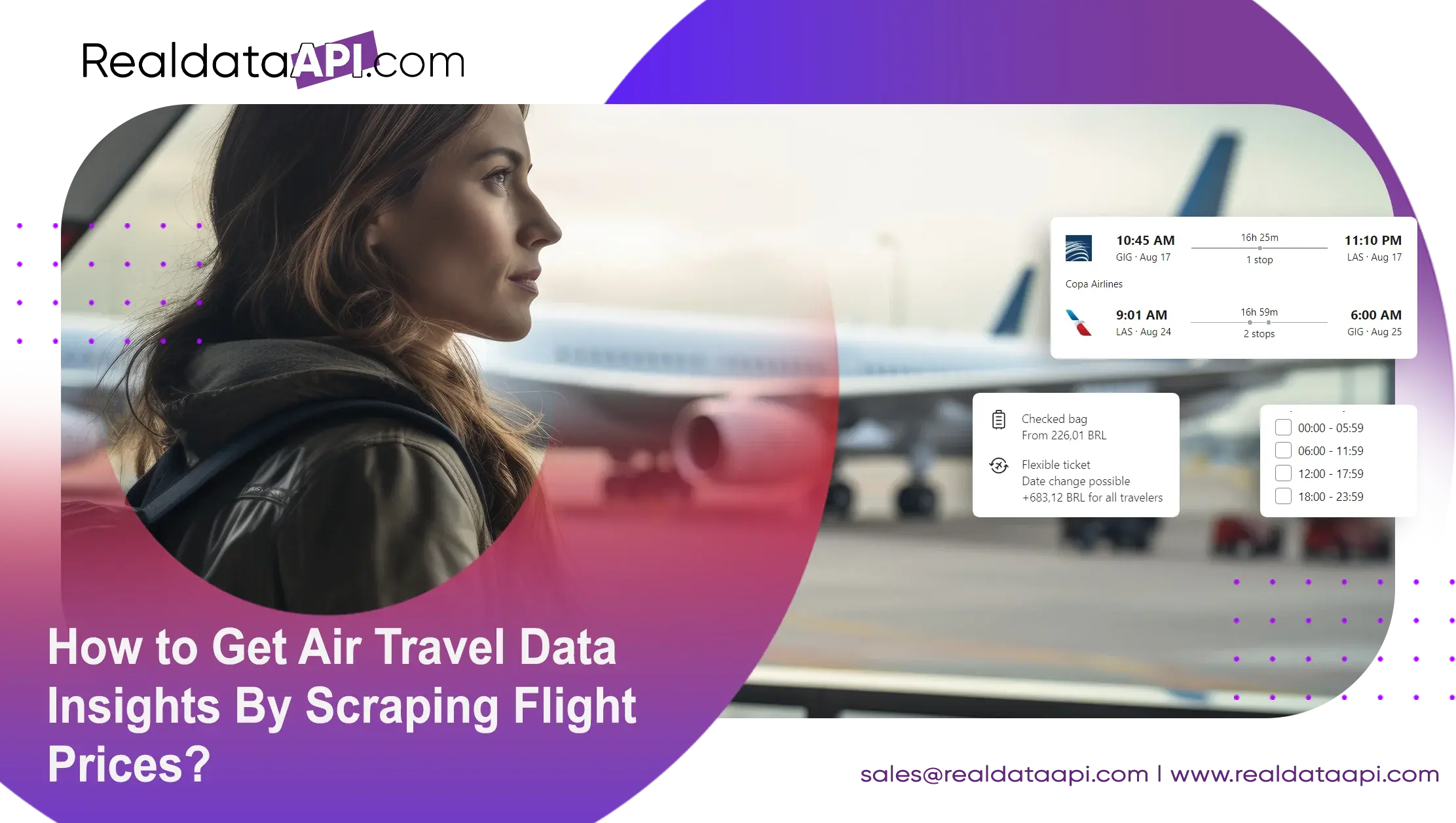
Introduction
In the dynamic world of air travel, understanding pricing trends and fluctuations can offer significant advantages for businesses and consumers alike. By leveraging web scraping techniques to collect and analyze flight prices, stakeholders can gain valuable insights into market behavior, optimize travel planning, and stay ahead of the competition. This detailed guide explores the methodologies and benefits of scraping flight prices, while highlighting best practices and tools to ensure effective data extraction and analysis.
What is Web Scraping?
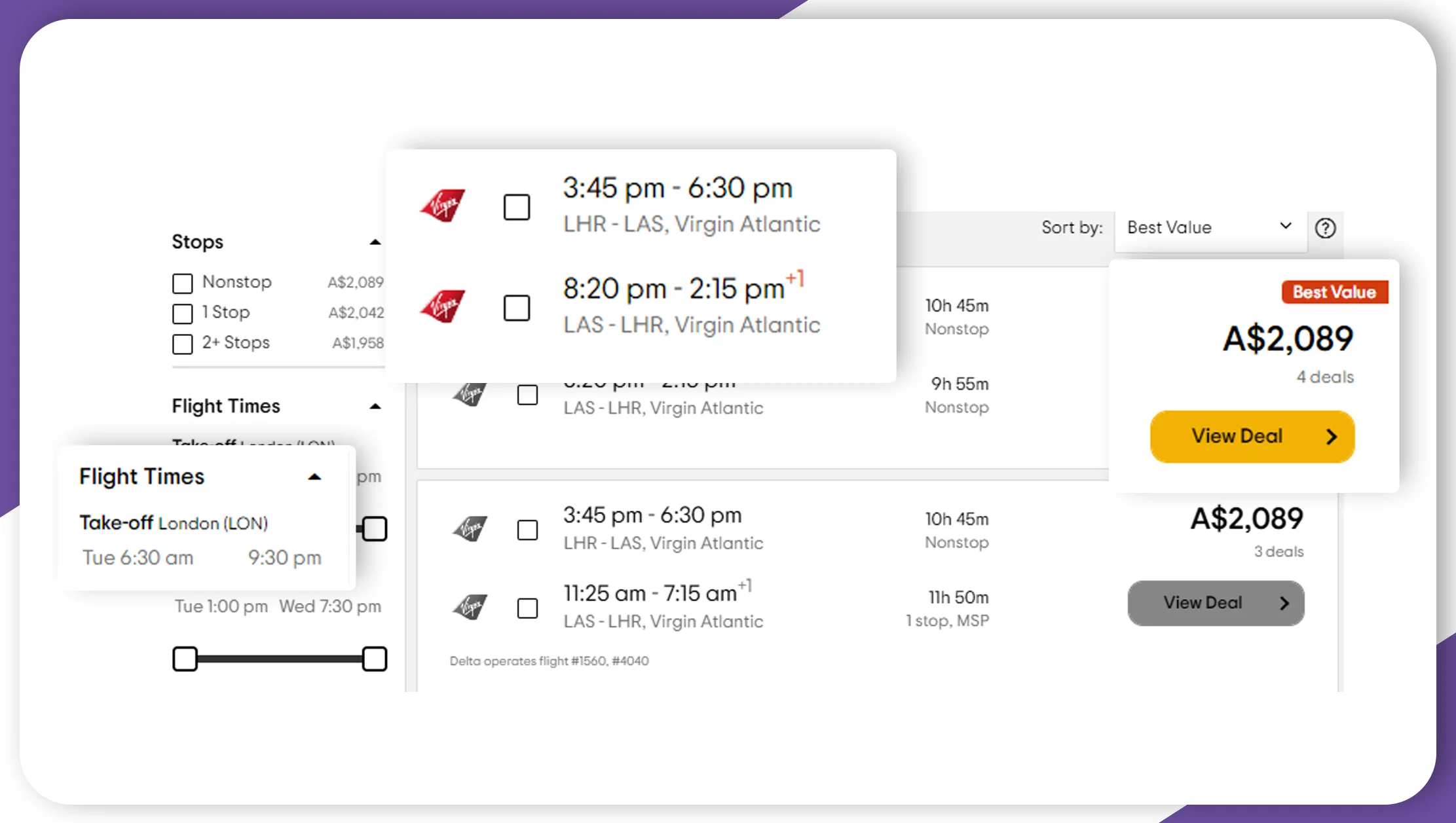
Web scraping is a technique used to extract data from websites automatically. It involves fetching a web page's content and parsing it to collect specific information, such as text, images, or links. This process can be performed using various tools and libraries, like BeautifulSoup, Scrapy, and Selenium. Web scraping is widely used for data mining, market research, price monitoring, and competitive analysis. By automating the data extraction process, web scraping saves time and effort compared to manual data collection, enabling users to gather large volumes of data efficiently for various analytical and business purposes.
Why Scrape Flight Prices?
To extract flight prices provides numerous benefits, including:
Scraping flight prices offers numerous advantages for consumers, travel agencies, and businesses in the travel industry. By automating the extraction of flight prices from various online sources, stakeholders can gain valuable insights, optimize travel planning, and enhance competitive strategies. Here are the key reasons to scrape flight prices:
Market Analysis
To extract flight prices allows businesses to conduct in-depth market analysis. By collecting data from multiple airlines and travel agencies, companies can understand pricing trends, identify patterns, and predict future price fluctuations. This helps in making informed decisions about pricing strategies and staying ahead of competitors.
Optimized Travel Planning
Consumers can benefit significantly from scraping flight prices. By analyzing historical price data, travelers can identify the best times to book flights, ensuring cost-effective travel planning. This approach helps in avoiding peak pricing periods and taking advantage of lower fares.
Competitive Edge
Travel agencies and airlines can use flight prices extraction to monitor competitors' pricing strategies in real-time. This enables them to adjust their prices dynamically to remain competitive in the market. By offering competitive fares, businesses can attract more customers and increase their market share.
Personalized Offers
Flight prices collection allows businesses to tailor their marketing efforts based on consumer behavior and preferences. By analyzing scraped data, companies can identify trends in customer preferences and create personalized promotions and discounts, enhancing customer satisfaction and loyalty.
Real-Time Data
Extracting flight prices in real-time provides up-to-date information that is crucial for making timely decisions. Whether it’s for consumers looking for the best deals or businesses adjusting their strategies, having access to the latest data is invaluable.
Demand Forecasting
By analyzing historical and real-time flight price data, businesses can forecast demand more accurately. This helps in optimizing inventory management, pricing strategies, and marketing campaigns, ensuring better alignment with market demand.
To extract flight prices provides a wealth of benefits, from market analysis and optimized travel planning to gaining a competitive edge and offering personalized services. By leveraging flight prices extraction, businesses and consumers alike can make more informed decisions and enhance their overall strategies in the dynamic air travel industry.
Getting Started with Scraping Flight Prices
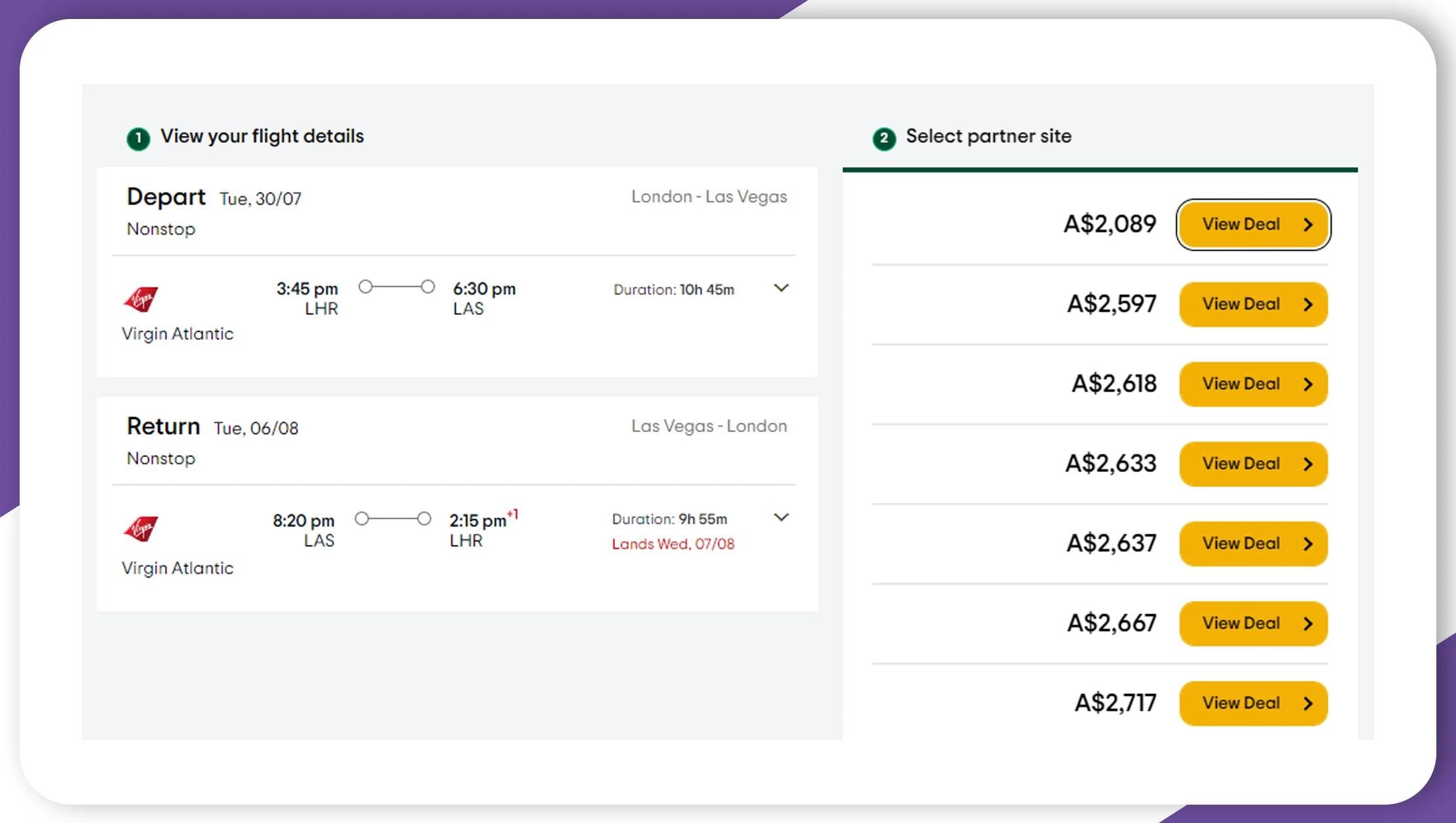
To begin scraping flight prices, you will need to follow several key steps:
Identify Data Sources: Determine the websites from which you will scrape data. Popular choices include airline websites, travel agencies like Expedia and Booking.com, and price comparison sites like Skyscanner and Kayak.
Choose Scraping Tools: Select a web scraping tool or framework that suits your needs. Common tools include Scrapy, BeautifulSoup, and Selenium used for Python, as well as web scraping services.
Set Up the Environment: Install necessary libraries and tools in your development environment. For Python, this typically involves installing packages via pip.
Develop the Scraper: Write code to navigate the target websites, locate the required data, and extract it into a usable format such as CSV or JSON.
Handle Challenges: Address common challenges such as IP blocking, CAPTCHA, and dynamic content loading.
Detailed Guide to Scraping Flight Prices
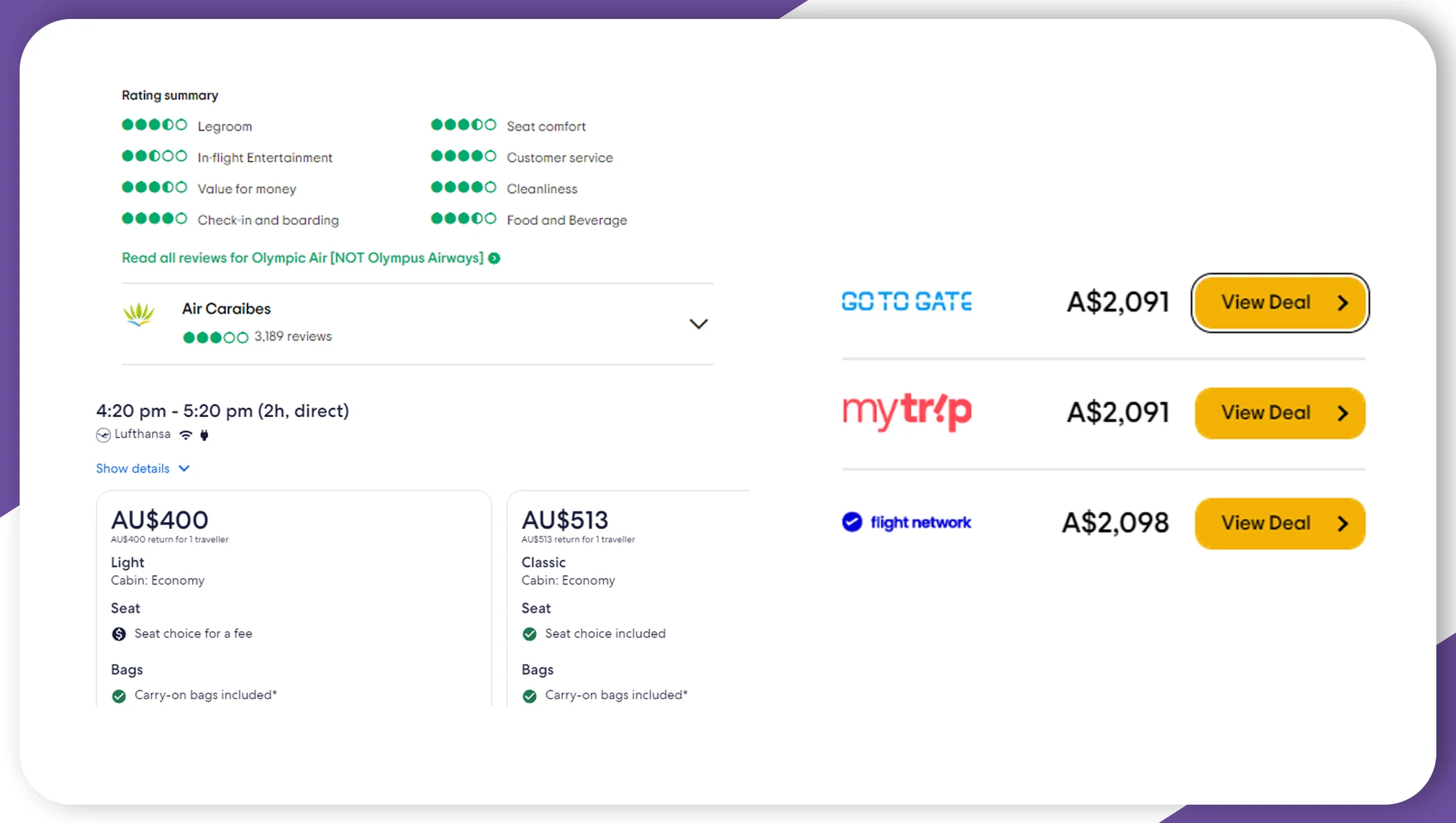
Step 1: Identify Data Sources
To obtain comprehensive insights, you should target a variety of websites. Consider the following types of sources:
- Airline Websites: Directly scrape prices from airline sites like Delta, American Airlines, and Emirates.
- Travel Agencies: Collect data from agencies like Expedia, Booking.com, and Orbitz.
- Price Comparison Sites: Use aggregators like Skyscanner, Kayak, and Google Flights for broader coverage.
Step 2: Choose Scraping Tools
Here are some popular tools for scraping flight prices:
- BeautifulSoup: A Python library for parsing HTML and XML documents. It's ideal for beginners due to its simplicity.
- Scrapy: An advanced web scraping framework for Python, suitable for large-scale scraping projects.
- Selenium: A tool that automates web browsers, useful for scraping dynamic content.
Step 3: Set Up the Environment
For a Python-based scraping project, install the necessary packages using pip:
pip install beautifulsoup4
pip install requests
pip install scrapy
pip install selenium
Additionally, you may need to install a web driver for Selenium, such as ChromeDriver.
Step 4: Develop the Scraper
Here's a basic example using BeautifulSoup and Requests to scrape flight prices from a hypothetical travel website:
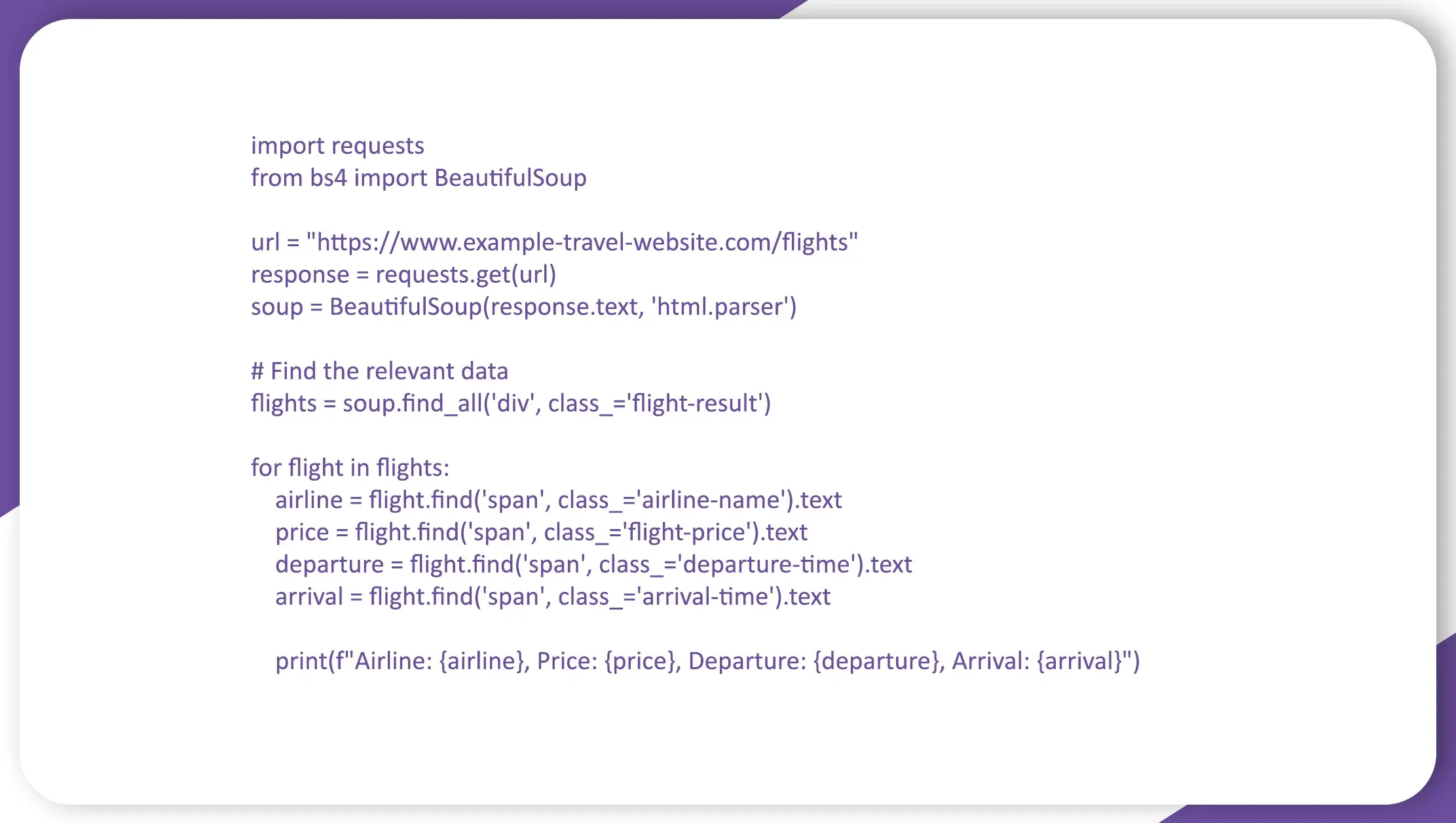
This example demonstrates how to extract flight details such as airline name, price, departure time, and arrival time from a webpage.
Step 5: Handle Challenges
- IP Blocking: Use proxies and rotate IP addresses to avoid being blocked by websites. Services like ScraperAPI and Bright Data can help.
- CAPTCHA: Implement CAPTCHA-solving services such as 2Captcha or Anti-Captcha if your target site uses them.
- Dynamic Content: For pages that load content dynamically with JavaScript, use Selenium to render the page before scraping.
Best Practices for Scraping Flight Prices
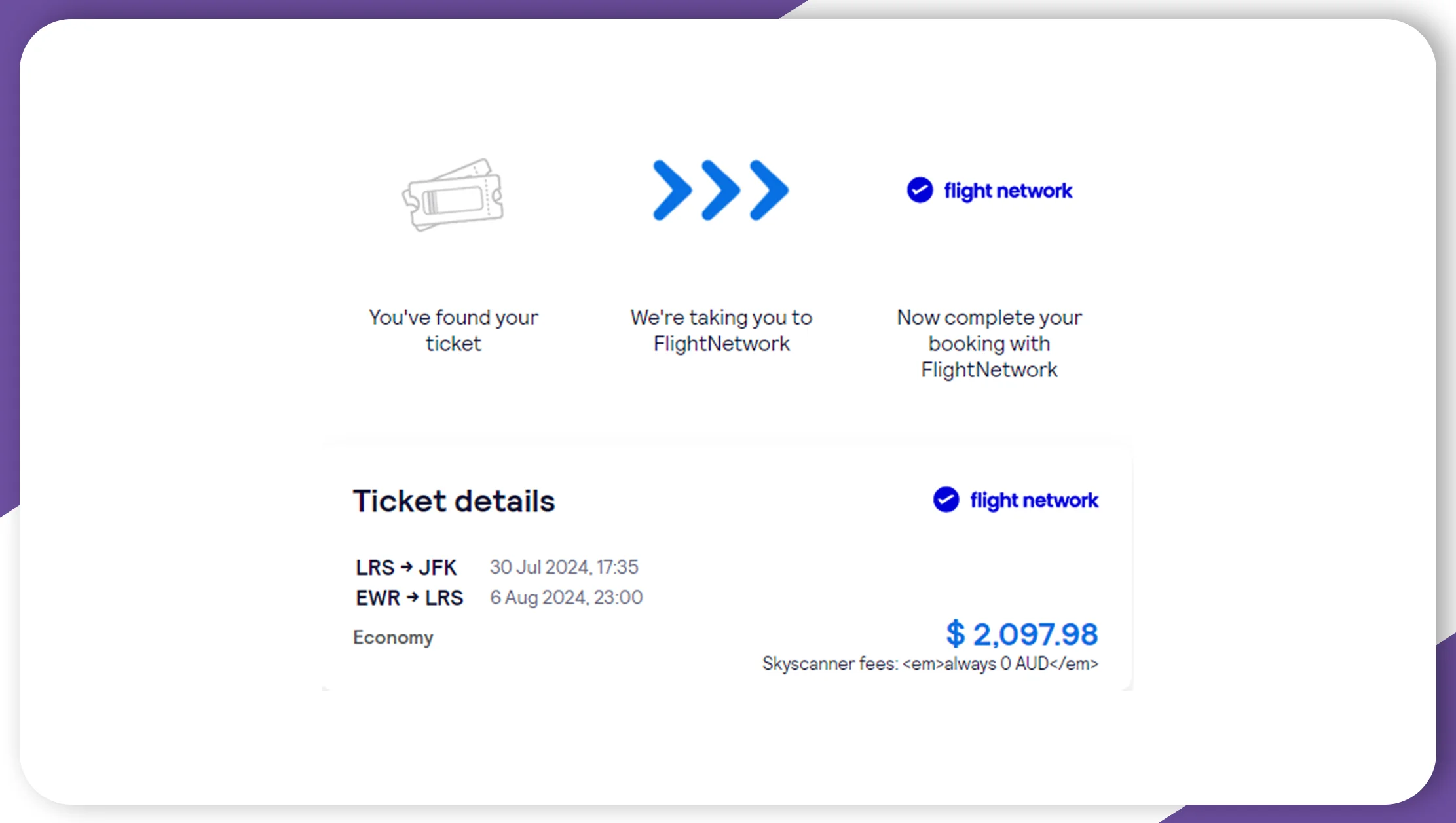
- Respect Terms of Service: Always review and comply with the terms of service of the websites you scrape.
- Rate Limiting: Implement rate limiting to avoid overwhelming the target servers and getting banned.
- Data Cleaning: Ensure the extracted data is clean and free from duplicates or errors.
- Ethical Scraping: Scrape data responsibly and ethically, without causing harm to the target websites.
Analyzing Scraped Flight Prices
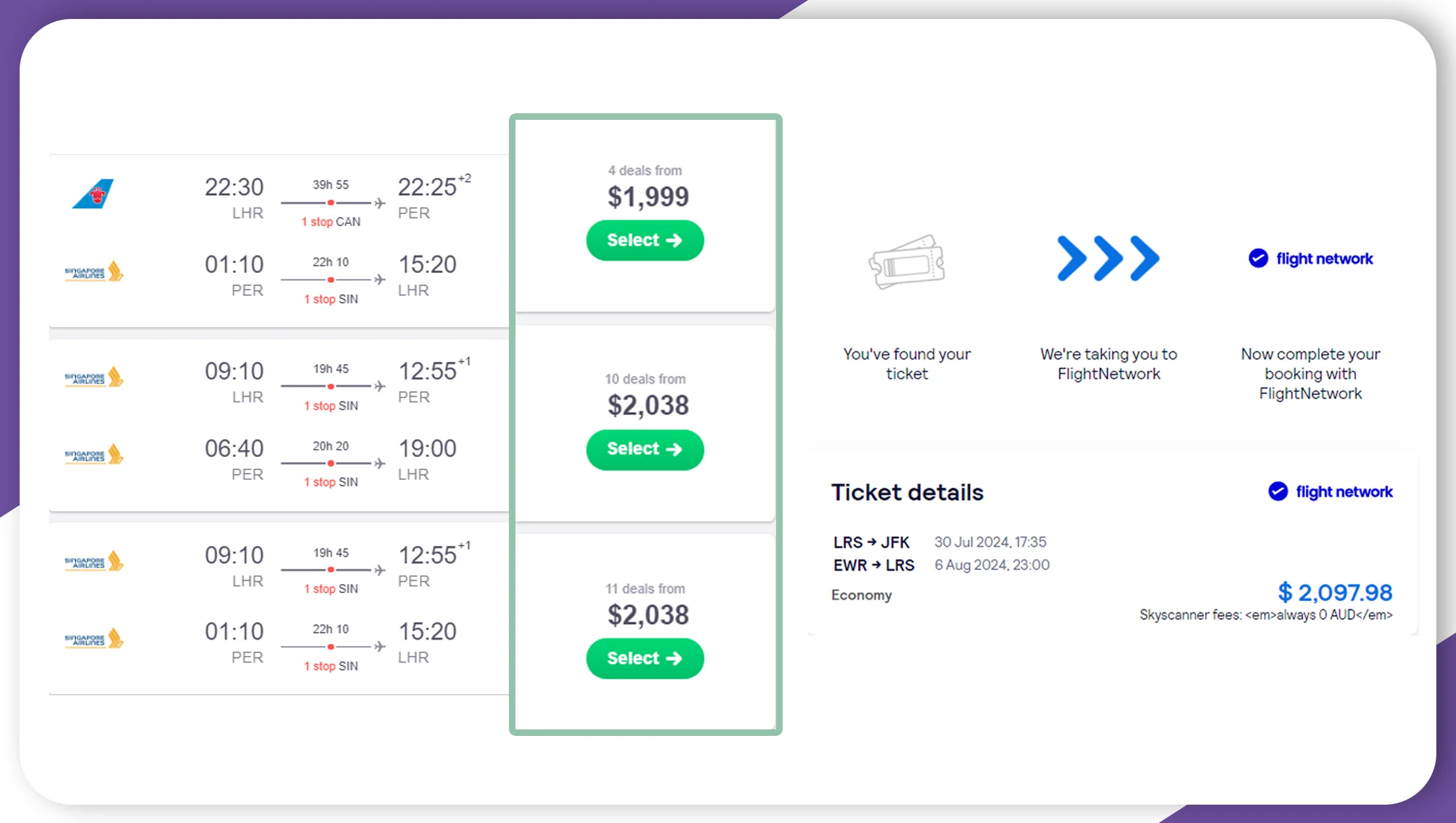
Once you have collected the flight price data, the next step is to analyze it. Here are some common analytical approaches:
- Trend Analysis: Identify historical price trends to determine the best times to book flights.
- Price Comparison: Compare prices across different airlines and travel agencies to find the best deals.
- Demand Forecasting: Use historical data to predict future demand and price fluctuations.
- Competitive Analysis: Analyze competitor pricing strategies to inform your own pricing decisions.
Tools for Data Analysis
To analyze the scraped data, you can use various tools and libraries:
- Pandas: A Python library for data manipulation and analysis.
- Matplotlib/Seaborn: Libraries for data visualization in Python.
- Excel: For basic analysis and visualization.
- Tableau: A powerful tool for creating interactive data visualizations.
Example Analysis with Pandas
Here's a basic example of how to analyze flight price data using Pandas:
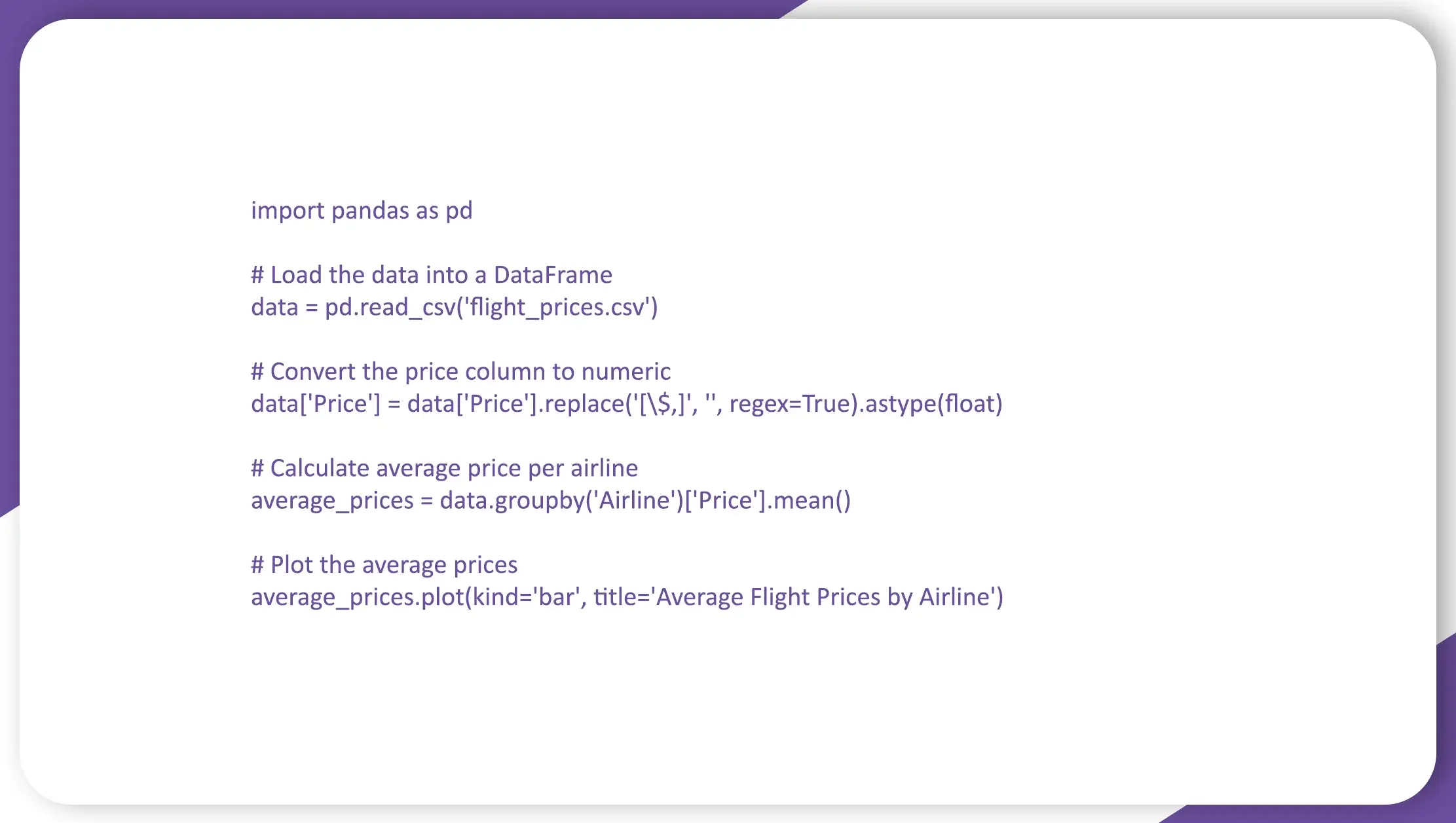
This script loads the scraped data, cleans the price column, calculates the average price per airline, and creates a bar plot of the results.
Benefits of Flight Prices Collection
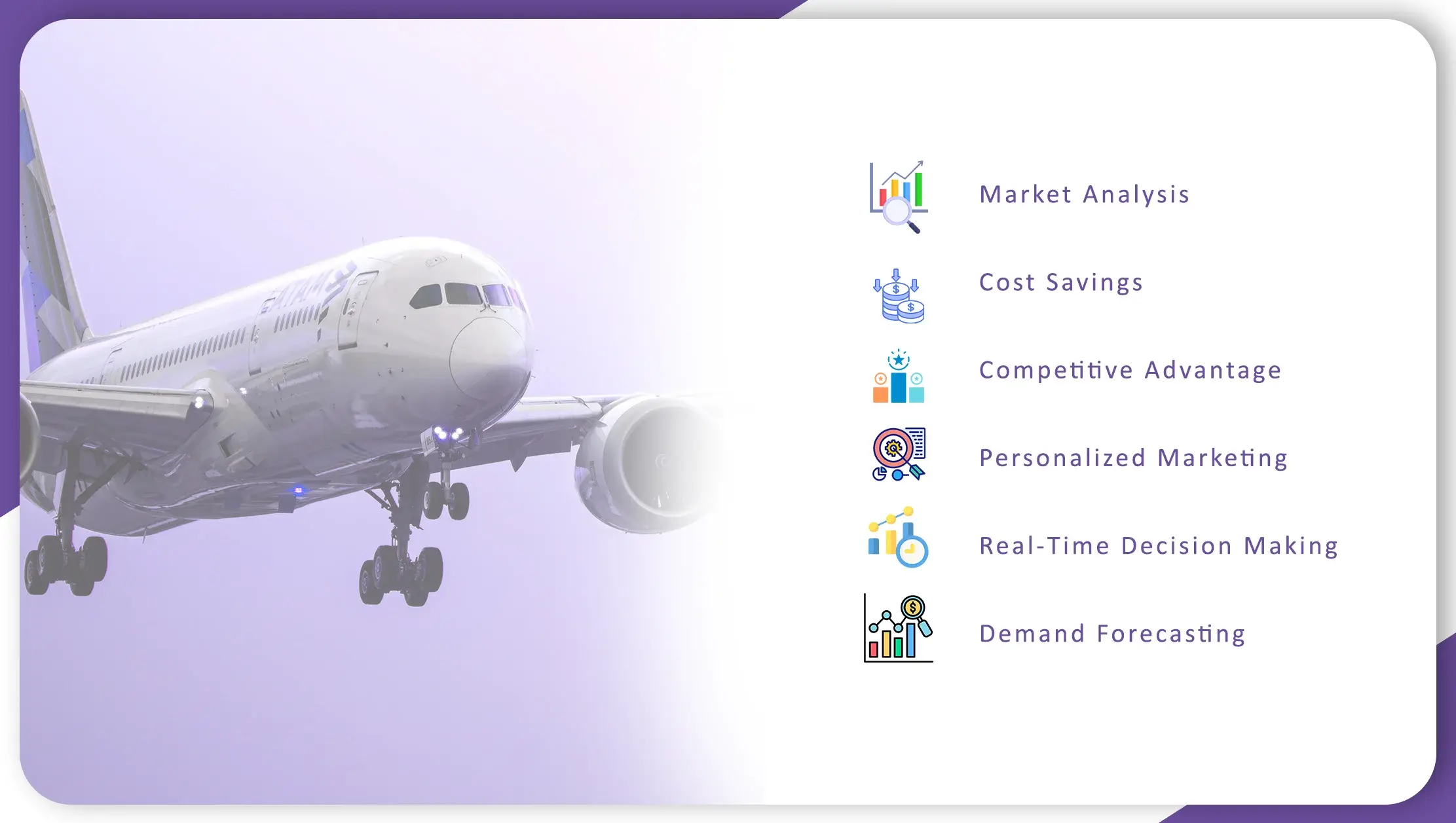
Collecting flight prices through web scraping offers numerous advantages for both businesses and consumers. By automating the extraction of flight prices, stakeholders can gain critical insights and make informed decisions. Here are the key benefits of flight prices collection:
Market Analysis
To extract flight prices allows businesses to conduct comprehensive market analysis. By collecting data from multiple airlines and travel agencies, companies can identify trends, understand pricing strategies, and anticipate future price fluctuations. This insight is crucial for developing competitive pricing strategies and staying ahead in the market.
Cost Savings
Consumers benefit greatly from flight prices collection. By analyzing historical price data, travelers can determine the best times to book flights, avoiding peak pricing periods and securing lower fares. This leads to significant cost savings and more efficient travel planning.
Competitive Advantage
Travel agencies and airlines can use flight prices extraction to monitor competitors' prices in real-time. This enables them to adjust their own pricing strategies dynamically to remain competitive. By offering attractive fares, businesses can attract more customers and increase their market share.
Personalized Marketing
By collecting and analyzing flight prices, businesses can tailor their marketing efforts to individual customer preferences. This data-driven approach allows companies to create personalized promotions and discounts, enhancing customer satisfaction and loyalty.
Real-Time Decision Making
Extracting flight prices in real-time provides up-to-date information essential for making timely decisions. Whether it’s consumers looking for the best deals or businesses adjusting their pricing strategies, access to the latest data is invaluable.
Demand Forecasting
Flight prices collection aids in accurate demand forecasting. By analyzing historical and current flight price data, businesses can predict demand patterns more effectively. This helps in optimizing inventory management, pricing strategies, and marketing campaigns, ensuring better alignment with market demand.
Conclusion
Scraping flight prices is a powerful technique for gaining valuable insights into the air travel market. By leveraging Real Data API's web scraping tools and best practices, you can collect and analyze large volumes of data to inform your travel planning, business strategies, and competitive analysis. Whether you are a consumer looking to save on airfare or a business seeking to optimize pricing strategies, Real Data API offers a robust solution for extracting actionable insights from flight price data.
Discover the power of Real Data API today and transform how you access flight pricing information!













